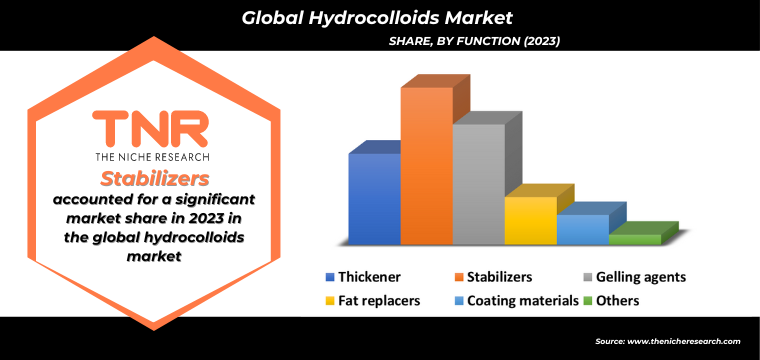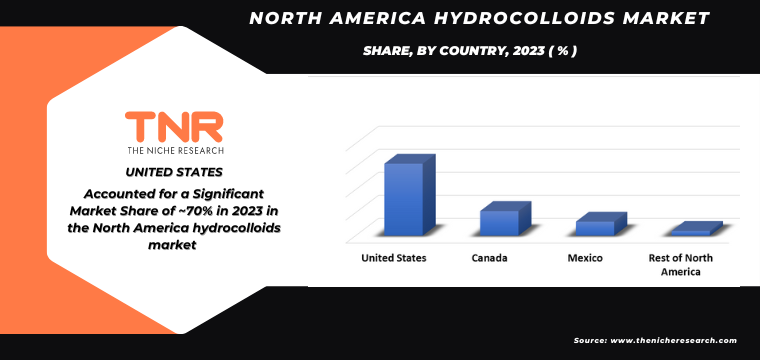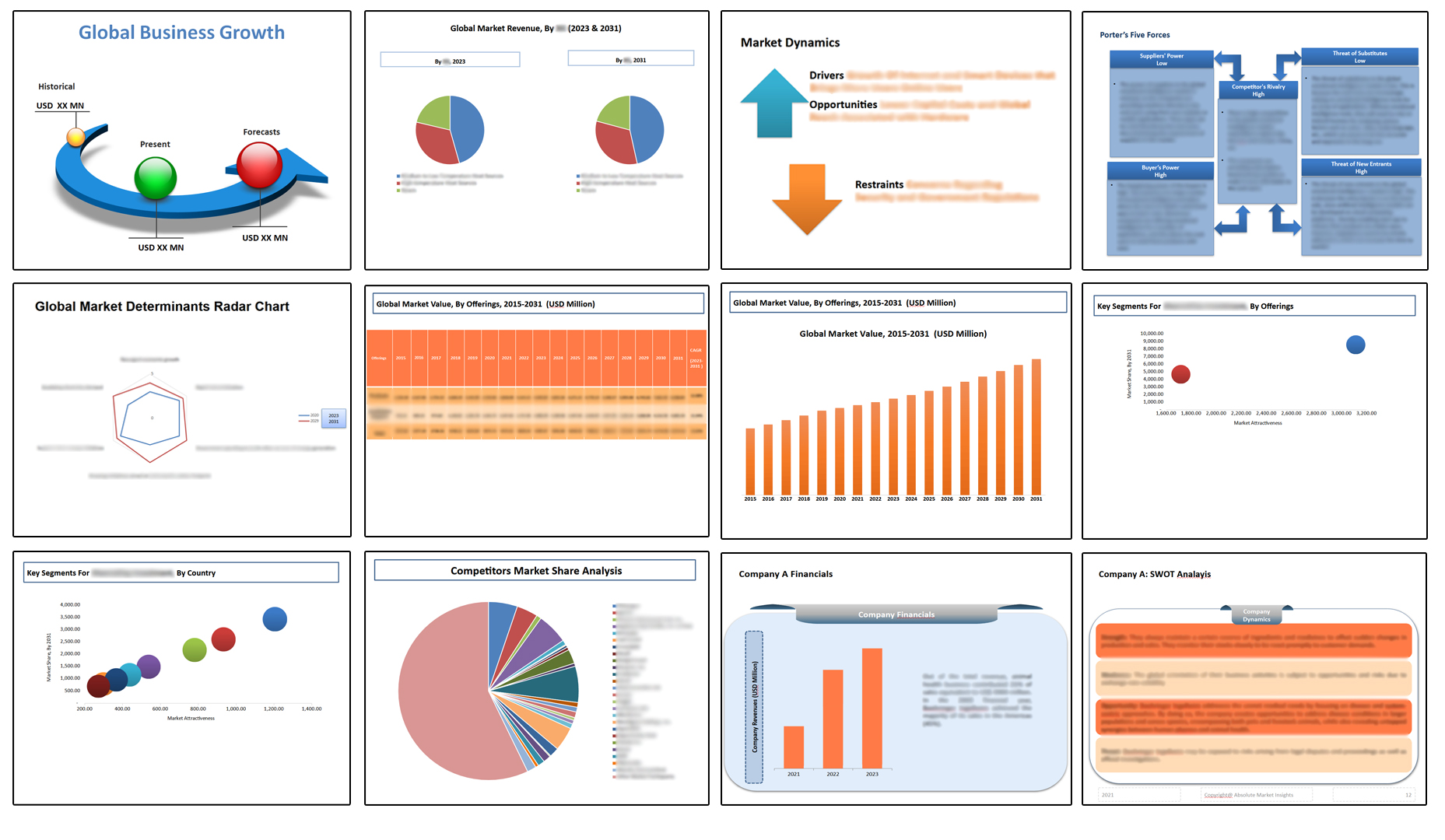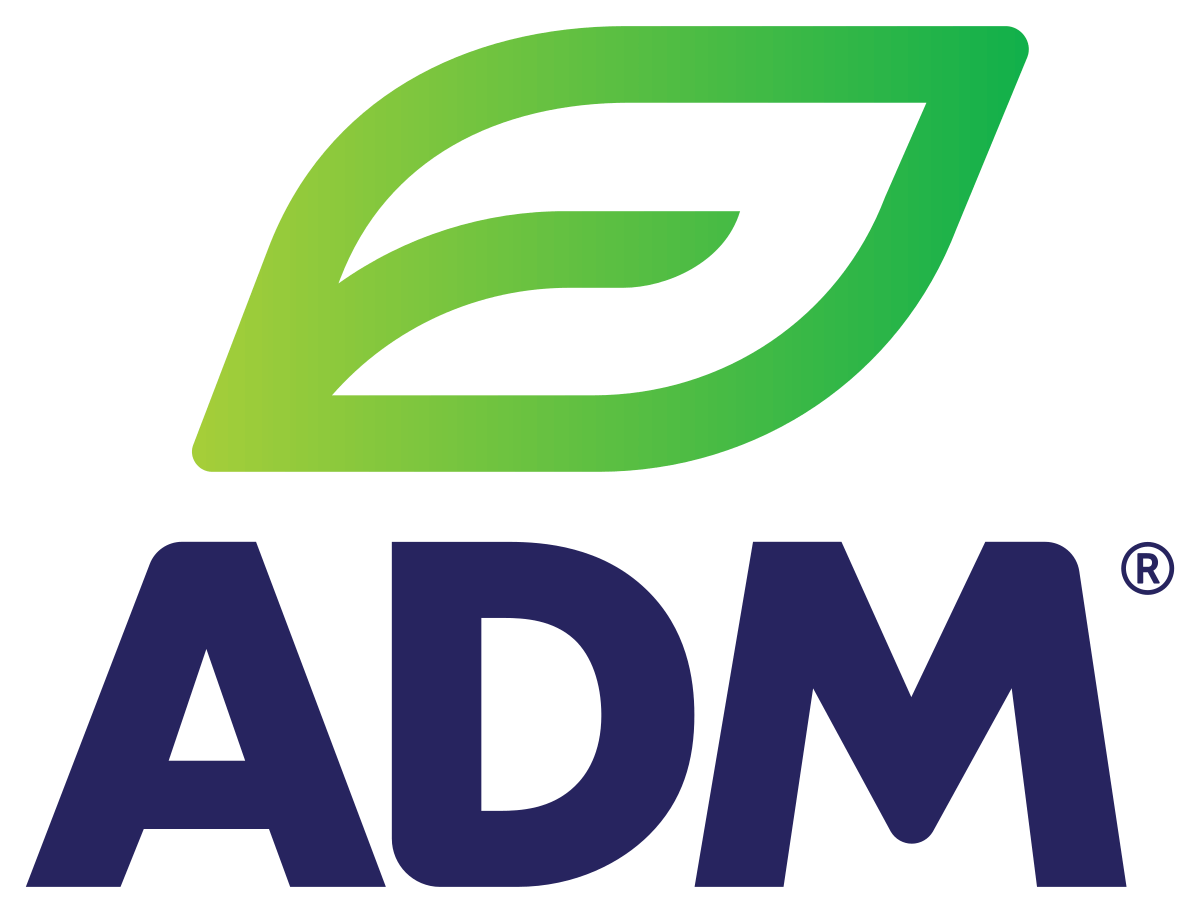Global Hydrocolloids Market: By Type, By Function, By Source, By Application, By Region & Segmental Insights Trends and Forecast, 2024 – 2034
- Industry: Chemicals & Materials
- Report ID: TNR-110-1105
- Number of Pages: 420
- Table/Charts : Yes
- May, 2024
- Base Year : 2024
- No. of Companies : 10+
- No. of Countries : 29
- Views : 10172
- Covid Impact Covered: Yes
- War Impact Covered: Yes
- Formats : PDF, Excel, PPT
Hydrocolloids are a diverse group of water-soluble polymers derived from natural sources such as plants, animals, and microorganisms, or synthesized chemically. They have the ability to form gels or viscous solutions when dispersed in water, making them valuable in various industries. In the food industry, hydrocolloids like agar, alginate, carrageenan, gelatin, pectin, and xanthan gum are used as thickening, gelling, stabilizing, and emulsifying agents to enhance texture, stability, and shelf life of products. In pharmaceuticals, they serve as excipients in drug formulations, aiding in controlled drug release and improving patient compliance.
Additionally, hydrocolloids find applications in cosmetics, where they contribute to product consistency and moisture retention. Their unique properties also make them essential in biomedical fields, particularly in wound care, where they promote healing and provide a moist environment for wounds. Overall, hydrocolloids’ versatility and functional benefits make them indispensable in enhancing product quality and performance across multiple sectors.
In terms of revenue, the global hydrocolloids market was worth US$ 11.5 Bn in 2023, anticipated to witness CAGR of 6.2% During 2024 – 2034.

Global Hydrocolloids Market Dynamics
Rising Demand in Food Industry: The food industry’s need for natural and functional ingredients drives the demand for hydrocolloids. They improve texture, stability, and shelf life in products like dairy, bakery, and confectionery, catering to consumer preferences for clean labels and natural additives.
Increasing Use in Pharmaceuticals and Cosmetics: Hydrocolloids are essential in pharmaceuticals for drug delivery systems and in cosmetics for their thickening, stabilizing, and moisturizing properties. Their biocompatibility and safety profile make them popular in these industries.
Innovation in Product Development: Continuous research and development efforts to innovate and develop new hydrocolloid products with enhanced functionalities and applications open new market opportunities. Innovations such as low-calorie or health-beneficial hydrocolloids cater to evolving consumer preferences.
High Production Costs: The extraction and processing of hydrocolloids from natural sources or through chemical synthesis are expensive, impacting the overall cost and limiting their use in cost-sensitive applications.
Gelatin Has garnered major market share in the Global Hydrocolloids Market During the Forecast Period (2024 – 2034).
Gelatin, a key hydrocolloid derived from animal collagen, experiences robust demand driven by its versatile applications across various industries. In the food industry, gelatin is prized for its gelling, thickening, and stabilizing properties, making it essential in products like desserts, dairy, confectionery, and meat products. The growing consumer preference for clean-label and natural ingredients further fuels its demand. In the pharmaceutical sector, gelatin is used in capsule production and as a stabilizer in vaccines, benefiting from the rising demand for pharmaceuticals and nutraceuticals. Additionally, the cosmetic industry leverages gelatin for its film-forming and moisturizing properties in skincare and haircare products. The increasing trend towards health and wellness, alongside ongoing innovations in gelatin applications, continues to drive its market growth.

By Application Food & Beverage Segment had the Highest Share in the Global Hydrocolloids Market in 2023.
The demand for hydrocolloids in the food and beverage industry is driven by their multifunctional properties, which enhance the texture, stability, and shelf life of various products. Consumers’ growing preference for natural and clean-label ingredients has led manufacturers to increasingly incorporate hydrocolloids, such as agar, pectin, carrageenan, and xanthan gum, into their formulations. These substances serve as thickening, gelling, and emulsifying agents, improving the mouthfeel and visual appeal of products ranging from dairy and bakery goods to beverages and sauces.
The health and wellness trend further boosts hydrocolloid demand, as they can reduce fat and sugar content without compromising texture, appealing to health-conscious consumers. Additionally, the rise in convenience foods and ready-to-eat meals has heightened the need for hydrocolloids to ensure product consistency and quality during processing and storage. The ongoing innovation and development of new hydrocolloid applications, coupled with increasing global food production, continue to drive their significant demand in the food and beverage industry.
By Source Animal Segment had the Highest Share in the Global Hydrocolloids Market in 2023.
Hydrocolloids derived from animal sources, such as gelatin and casein, are in high demand due to their unique functional properties. Gelatin, obtained from collagen in animal bones and skin, is valued for its gelling, thickening, and stabilizing capabilities, making it indispensable in the food industry for products like gummies, marshmallows, and yogurts. In the pharmaceutical industry, gelatin’s biocompatibility makes it ideal for capsules and drug delivery systems. Casein, derived from milk, is essential in cheese production and as a food additive for its emulsifying and binding properties. The increasing consumer demand for protein-rich and functional foods, coupled with the broad applications of these animal-sourced hydrocolloids in diverse industries, continues to drive their market growth.

In North America, the demand for hydrocolloids is significantly driven by the region’s robust food and beverage industry, which seeks natural and functional ingredients to enhance product quality.
Consumers’ growing preference for clean-label products has led manufacturers to incorporate hydrocolloids like agar, carrageenan, and pectin, known for their thickening, gelling, and stabilizing properties. Additionally, the health and wellness trend fuels the demand for low-calorie and health-beneficial food options, where hydrocolloids help improve texture and reduce fat content. The pharmaceutical and cosmetic industries in North America also contribute to this demand, leveraging hydrocolloids for their stabilizing, emulsifying, and moisture-retaining properties. Moreover, the presence of advanced research and development facilities in the region fosters innovation in hydrocolloid applications, further driving market growth. The increasing adoption of hydrocolloids in diverse applications, coupled with a strong focus on product innovation and consumer health trends, underscores their rising demand in North America.
Competitive Landscape: Global Hydrocolloids Market:
- ADM
- Ashland
- Cargill, Incorporated
- CP Kelco U.S., Inc.
- Darling Ingredients Inc.
- DSM
- Ingredion
- International Flavors & Fragrances Inc.
- Kerry Group plc
- Nexira
- Palsgaard A/S
- Tate & Lyle
- Other Industry Participants
Global Hydrocolloids Market: Key Data Points
| Report Specifications | Details |
| Market Revenue in 2023 | US$ 11.5 Bn |
| Market Size Forecast by 2034 | US$ 19.4 Bn |
| Growth Rate (CAGR) | 6.2% |
| Historic Data | 2016 – 2022 |
| Base Year for Estimation | 2023 |
| Forecast Period | 2024 – 2034 |
| Report Inclusions | Market Size & Estimates, Market Dynamics, Competitive Scenario, Trends, Growth Factors, Market Determinants, Key Investment Segmentation, Product/Service/Solutions Benchmarking |
| Segments Covered | By Type, By Function, By Source, By Application |
| Regions Covered | North America, Europe, Asia Pacific, Middle East & Africa, Latin America |
| Countries Covered | U.S., Canada, Mexico, Rest of North America, France, The UK, Spain, Germany, Italy, Nordic Countries (Denmark, Finland, Iceland, Sweden, Norway), Benelux Union (Belgium, The Netherlands, Luxembourg), Rest of Europe, China, Japan, India, New Zealand, Australia, South Korea, Southeast Asia (Indonesia, Thailand, Malaysia, Singapore, Rest of Southeast Asia), Rest of Asia Pacific, Saudi Arabia, UAE, Egypt, Kuwait, South Africa, Rest of Middle East & Africa, Brazil, Argentina, Rest of Latin America |
| Key Players | ADM, Ashland, Cargill, Incorporated, CP Kelco U.S., Inc., Darling Ingredients Inc., DSM, Ingredion, International Flavors & Fragrances Inc., Kerry Group plc, Nexira, Palsgaard A/S, Tate & Lyle, Other Industry Participants |
| Customization Scope | Customization allows for the inclusion/modification of content pertaining to geographical regions, countries, and specific market segments. |
| Pricing & Procurement Options | Explore purchase options tailored to your specific research requirements |
| Contact Details | Consult With Our Expert
Japan (Toll-Free): +81 663-386-8111 South Korea (Toll-Free): +82-808- 703-126 Saudi Arabia (Toll-Free): +966 800-850-1643 United Kingdom: +44 753-710-5080 United States: +1 302-232-5106 E-mail: askanexpert@thenicheresearch.com
|
Global Hydrocolloids Market
By Type
- Gelatin
- Xanthan gum
- Carrageenan
- Alginates
- Agar
- Pectin
- Guar gum
- Locust bean gum (LBG)
- Gum Arabic
- Carboxymethyl cellulose (CMC)
- Microcrystalline cellulose (MCC)
By Function
- Thickener
- Stabilizers
- Gelling agents
- Fat replacers
- Coating materials
- Others
By Source
- Botanical
- Microbial
- Animal
- Seaweed
- Synthetic
By Application
- Food & Beverages
- Bakery & Confectionery
- Meat & Poultry Products
- Sauces & Dressings
- Dairy Products
- Others
- Cosmetics & personal care products
- Pharmaceuticals
- Others
By Region
- North America (U.S., Canada, Mexico, Rest of North America)
- Europe (France, The UK, Spain, Germany, Italy, Nordic Countries (Denmark, Finland, Iceland, Sweden, Norway), Benelux Union (Belgium, The Netherlands, Luxembourg), Rest of Europe)
- Asia Pacific (China, Japan, India, New Zealand, Australia, South Korea, Southeast Asia (Indonesia, Thailand, Malaysia, Singapore, Rest of Southeast Asia), Rest of Asia Pacific)
- Middle East & Africa (Saudi Arabia, UAE, Egypt, Kuwait, South Africa, Rest of Middle East & Africa)
- Latin America (Brazil, Argentina, Rest of Latin America)
Report Layout:

Table of Contents
**Exclusive for Multi-User and Enterprise User.
Global Hydrocolloids Market
By Type
- Gelatin
- Xanthan gum
- Carrageenan
- Alginates
- Agar
- Pectin
- Guar gum
- Locust bean gum (LBG)
- Gum Arabic
- Carboxymethyl cellulose (CMC)
- Microcrystalline cellulose (MCC)
By Function
- Thickener
- Stabilizers
- Gelling agents
- Fat replacers
- Coating materials
- Others
By Source
- Botanical
- Microbial
- Animal
- Seaweed
- Synthetic
By Application
- Food & Beverage
- Bakery & Confectionery
- Meat & Poultry Products
- Sauces & Dressings
- Dairy Products
- Others
- Cosmetics & personal care products
- Pharmaceuticals
- Others
By Region
- North America (U.S., Canada, Mexico, Rest of North America)
- Europe (France, The UK, Spain, Germany, Italy, Nordic Countries (Denmark, Finland, Iceland, Sweden, Norway), Benelux Union (Belgium, The Netherlands, Luxembourg), Rest of Europe)
- Asia Pacific (China, Japan, India, New Zealand, Australia, South Korea, Southeast Asia (Indonesia, Thailand, Malaysia, Singapore, Rest of Southeast Asia), Rest of Asia Pacific)
- Middle East & Africa (Saudi Arabia, UAE, Egypt, Kuwait, South Africa, Rest of Middle East & Africa)
- Latin America (Brazil, Argentina, Rest of Latin America)
The Niche Research approach encompasses both primary and secondary research methods to provide comprehensive insights. While primary research is the cornerstone of our studies, we also incorporate secondary research sources such as company annual reports, premium industry databases, press releases, industry journals, and white papers.
Within our primary research, we actively engage with various industry stakeholders, conducting paid interviews and surveys. Our meticulous analysis extends to every market participant in major countries, allowing us to thoroughly examine their portfolios, calculate market shares, and segment revenues.
Our data collection primarily focuses on individual countries within our research scope, enabling us to estimate regional market sizes. Typically, we employ a bottom-up approach, meticulously tracking trends in different countries. We analyze growth drivers, constraints, technological innovations, and opportunities for each country, ultimately arriving at regional figures.Our process begins by examining the growth prospects of each country. Building upon these insights, we project growth and trends for the entire region. Finally, we utilize our proprietary model to refine estimations and forecasts.
Our data validation standards are integral to ensuring the reliability and accuracy of our research findings. Here’s a breakdown of our data validation processes and the stakeholders we engage with during our primary research:
- Supply Side Analysis: We initiate a supply side analysis by directly contacting market participants, through telephonic interviews and questionnaires containing both open-ended and close-ended questions. We gather information on their portfolios, segment revenues, developments, and growth strategies.
- Demand Side Analysis: To gain insights into adoption trends and consumer preferences, we reach out to target customers and users (non-vendors). This information forms a vital part of the qualitative analysis section of our reports, covering market dynamics, adoption trends, consumer behavior, spending patterns, and other related aspects.
- Consultant Insights: We tap into the expertise of our partner consultants from around the world to obtain their unique viewpoints and perspectives. Their insights contribute to a well-rounded understanding of the markets under investigation.
- In-House Validation: To ensure data accuracy and reliability, we conduct cross-validation of data points and information through our in-house team of consultants and utilize advanced data modeling tools for thorough verification.
The forecasts we provide are based on a comprehensive assessment of various factors, including:
- Market Trends and Past Performance (Last Five Years): We accurately analyze market trends and performance data from preceding five years to identify historical patterns and understand the market’s evolution.
- Historical Performance and Growth of Market Participants: We assess the historical performance and growth trajectories of key market participants. This analysis provides insights into the competitive landscape and individual company strategies.
- Market Determinants Impact Analysis (Next Eight Years): We conduct a rigorous analysis of the factors that are projected to influence the market over the next eight years. This includes assessing both internal and external determinants that can shape market dynamics.
- Drivers and Challenges for the Forecast Period:Identify the factors expected to drive market growth during the forecast period, as well as the challenges that the industry may face. This analysis aids in deriving an accurate growth rate projection.
- New Acquisitions, Collaborations, or Partnerships: We keep a close watch on any new acquisitions, collaborations, or partnerships within the industry. These developments can have a significant impact on market dynamics and competitiveness.
- Macro and Micro Factors Analysis:A thorough examination of both macro-level factors (e.g., economic trends, regulatory changes) and micro-level factors (e.g., technological advancements, consumer preferences) that may influence the market during the forecast period.
- End-User Sentiment Analysis: To understand the market from the end-user perspective, we conduct sentiment analysis. This involves assessing the sentiment, preferences, and feedback of the end-users, which can provide valuable insights into market trends.
- Perspective of Primary Participants: Insights gathered directly from primary research participants play a crucial role in shaping our forecasts. Their perspectives and experiences provide valuable qualitative data.
- Year-on-Year Growth Trend: We utilize a year-on-year growth trend based on historical market growth and expected future trends. This helps in formulating our growth projections, aligning them with the market’s historical performance.
Research process adopted by TNR involves multiple stages, including data collection, validation, quality checks, and presentation. It’s crucial that the data and information we provide add value to your existing market understanding and expertise. We have also established partnerships with business consulting, research, and survey organizations across regions and globally to collaborate on regional analysis and data validation, ensuring the highest level of accuracy and reliability in our reports.















